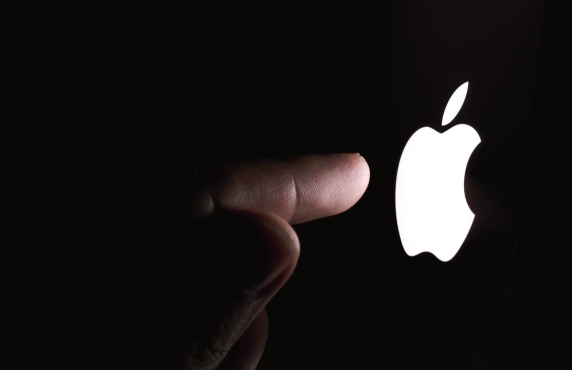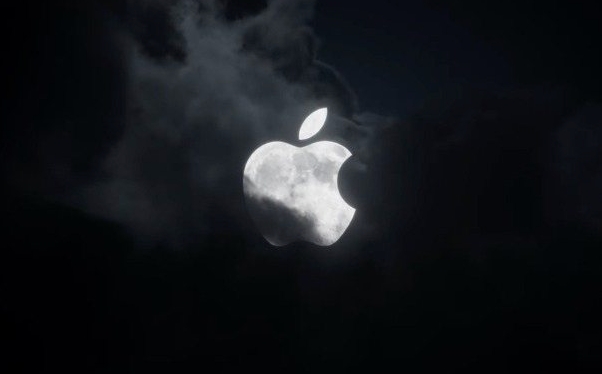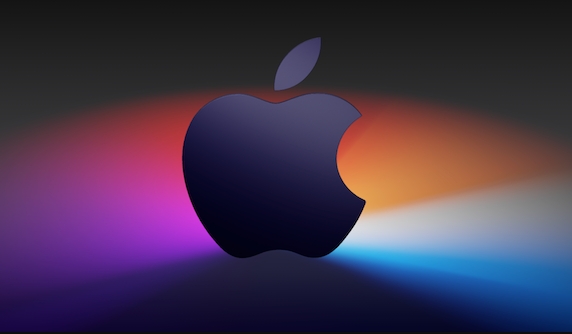Clean disk space: Use macOS built-in storage management tools to move files to iCloud, delete useless large files and applications, and enable automatic evacuation of wastebasket; 2. Reduce login items and background applications: Remove unnecessary startup programs in system settings and manually exit running but unnecessary menu bar applications; 3. Clear caches and temporary files: Go to "~/Library/Caches" through Finder and delete cache contents of each application to free up space; 4. Update system and applications: Install the latest macOS version and third-party application updates for performance optimization and repair; 5. Reset SMC and NVRAM if necessary: For Apple Silicon or Intel chips perform power management reset operations separately to improve response speed and power problems; in addition, regular use of activity monitors to check resource usage, reduce browser tag count, and restart the Mac can further improve performance, and these conventional maintenance measures can effectively restore and maintain the Mac's running speed.

A slow Mac can be frustrating, but the good news is that most performance issues can be fixed with a few smart cleanup steps. Here's how to clean up your Mac to make it faster—without needing third-party tools right away.

1. Free Up Disk Space
A nearly full hard drive (especially under 10–15 GB free) can seriously slow down your Mac. macOS needs breathing room for virtual memory and temporary files.
What to do:

- Click the Apple logo > About This Mac > Storage > Manage .
- Use the built-in recommendations:
- Store in iCloud : Move files to iCloud and remove them from the local drive.
- Optimize Storage : Automatically remove watched movies, old email attachments, and large files you haven't used.
- Empty Trash Automatically : Enable this so deleted files don't linger.
- Manually delete large files: Look in Downloads , Movies , and Documents folders for things you don't need.
- Uninstall unused apps by dragging them from the Applications folder to Trash (then empty it).
2. Reduce Login Items and Background Apps
Too many apps launching at startup can make your Mac take forever to boot and feel sluggish.
How to fix it:

- Go to System Settings (or System Preferences on older macOS) > General > Login Items .
- Review the list and remove apps you don't need running at startup (eg, Dropbox, Slack, printer tools).
- Click the gear icon and choose Remove or Hide .
Also, check the menu bar for apps running in the background. Quit ones you aren't actively using (right-click > Quit).
3. Clear Caches and Temporary Files
Over time, apps and the system build up cache files that can clutter your drive.
Safe way to clean caches:
- Open Finder , press Command Shift G , and type:
~/Library/Caches
- This folder contains caches for all your apps. You can safely delete the contents of most subfolders (but not the folders themselves).
- Avoid deleting anything in
/System/Cachesunless you know what you're doing.
Note: Some apps may take slightly longer to open the next time as they rebuild caches—this is normal.
4. Keep macOS and Apps Updated
Apple frequently releases performance improvements and bug fixes.
Make sure you're up to date:
- Go to System Settings > General > Software Update .
- Install the latest macOS version if available.
- Update apps via the App Store or directly from the developer (eg, Adobe, Microsoft).
Outdated software can cause slowdowns or compatibility issues.
5. Reset SMC and NVRAM (if needed)
If your Mac still feels slow—especially with fans running high or power issues—resetting system management controllers can help.
For Apple Silicon Macs (M1/M2/M3):
- Shut down the Mac.
- Wait 30 seconds, then press and hold the power button for 10 seconds.
- Release, then turn it back on.
For Intel Macs:
- SMC Reset : Shut down, then press Shift Control Option Power (all at once), hold 10 seconds, release, then power on.
- NVRAM Reset : Restart and immediately hold Command Option PR for about 20 seconds.
These resets can improve responsiveness and power management.
Bonus Tips:
- Use Activity Monitor : Open it (via Spotlight) to see what's using CPU, Memory, or Energy. Quit resource-hogging apps.
- Avoid too many browser tabs : Safari and Chrome can eat up memory. Use tab groups or a tab suspender extension.
- Restart your Mac regularly : Clears temporary files and resets memory usage.
Cleaning up your Mac doesn't have to be complicated. Focus on freeing up space, trimming startup apps, and keeping things updated. Most performance gains come from simple, regular maintenance.
The above is the detailed content of How to clean up a Mac to make it faster?. For more information, please follow other related articles on the PHP Chinese website!

Hot AI Tools

Undress AI Tool
Undress images for free

Undresser.AI Undress
AI-powered app for creating realistic nude photos

AI Clothes Remover
Online AI tool for removing clothes from photos.

Clothoff.io
AI clothes remover

Video Face Swap
Swap faces in any video effortlessly with our completely free AI face swap tool!

Hot Article

Hot Tools

Notepad++7.3.1
Easy-to-use and free code editor

SublimeText3 Chinese version
Chinese version, very easy to use

Zend Studio 13.0.1
Powerful PHP integrated development environment

Dreamweaver CS6
Visual web development tools

SublimeText3 Mac version
God-level code editing software (SublimeText3)

Hot Topics
 How to Remove Old Devices from Apple ID on Mac
Jul 07, 2025 am 09:08 AM
How to Remove Old Devices from Apple ID on Mac
Jul 07, 2025 am 09:08 AM
If you've owned multiple Apple devices over the years, you might find yourself in a situation where some of those older Macs, iPhones, iPads, or other Apple hardware have been sold, given away, or traded. No matter how they left your possession, it's
 How to Play Fortnite on Mac with FnMacAssistant & Sideloadly
Jul 05, 2025 am 09:21 AM
How to Play Fortnite on Mac with FnMacAssistant & Sideloadly
Jul 05, 2025 am 09:21 AM
Fortnite is once again available for iPhone and iPad users, bringing joy to many gamers. However, there's still no official version for Mac (at least not yet). Despite that, Apple Silicon Mac owners aren’t completely out of luck—you can run the iOS/i
 How to Enable iCloud Private Relay on Mac
Jul 05, 2025 am 09:36 AM
How to Enable iCloud Private Relay on Mac
Jul 05, 2025 am 09:36 AM
iCloud Private Relay is an excellent privacy feature included with the iCloud subscription, designed to safeguard your online activity and browsing by masking your IP address (using a temporary one) and encrypting DNS lookups. This prevents third pa
 How to Allow Apps During Downtime on Mac
Jul 04, 2025 am 09:03 AM
How to Allow Apps During Downtime on Mac
Jul 04, 2025 am 09:03 AM
Are you using Screen Time to manage your or your child’s Mac usage? If yes, you likely already know that it allows you to set app limits, schedule downtime on the Mac, and more. Additionally, you can also choose specific apps that remain accessible a
 How to Make MacOS Sequoia Feel Faster: Tips to Speed Up Slow MacOS
Jul 05, 2025 am 09:28 AM
How to Make MacOS Sequoia Feel Faster: Tips to Speed Up Slow MacOS
Jul 05, 2025 am 09:28 AM
macOS Sequoia is a solid operating system that brings some impressive features like iPhone Mirroring, and while performance is excellent for many users, not everyone experiences the same level of speed. If you're finding macOS Sequoia slower than pre
 How to See All Links Shared in Messages on iPhone & iPad
Jul 05, 2025 am 09:31 AM
How to See All Links Shared in Messages on iPhone & iPad
Jul 05, 2025 am 09:31 AM
If you frequently use iMessage, then you've likely shared numerous web links in your chats — maybe an article, a video, a tweet, a song, or anything else. Locating these links later can be quite frustrating, but thankfully there's a simpler method th
 Create a MacOS Tahoe 26 Beta VM with Three Commands in Terminal Using tart
Jul 06, 2025 am 09:28 AM
Create a MacOS Tahoe 26 Beta VM with Three Commands in Terminal Using tart
Jul 06, 2025 am 09:28 AM
Advanced Mac users familiar with the command line can swiftly set up a MacOS Tahoe 26 beta virtual machine by entering a few commands into Terminal, using tart. Tart is a command-line utility for managing virtual machines and offers one of the quicke
 WindowServer Quit Unexpectedly: How to Fix It on Mac Air/Pro?
Jul 05, 2025 am 09:17 AM
WindowServer Quit Unexpectedly: How to Fix It on Mac Air/Pro?
Jul 05, 2025 am 09:17 AM
What is WindowServer and why is it importantWindowServer is a core macOS process that manages how apps and windows appear on screen. It handles GUI rendering, controls internal and external displays, and enables all vis






